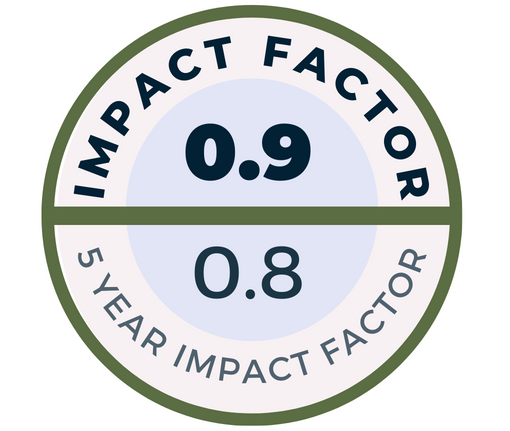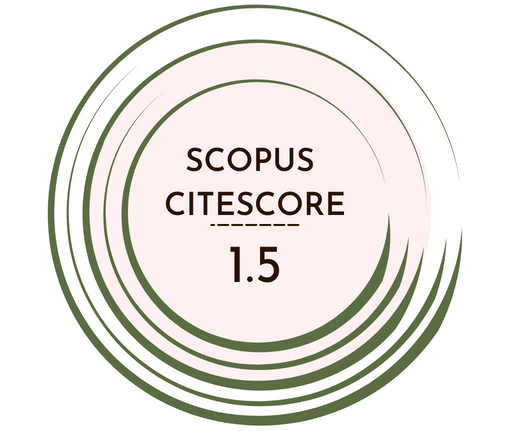Data accuracy is important to determine a target. Mobile robots are used in dynamic environments. At dynamic environments, the noise factor and situation of objects are changeable. A sensor may not work properly in dynamic environmenst. The noise factor affects getting accurate data negatively. These factors depend on sensor types. Therefore, one of the goals of sensor integration i, to quench one or more sensor disadvantages by using other sensor or sensors, get more accurate and reliable data, reduce noise factor, determine and analyze more options of target or targets.
Every sensor has a measurement range and this range changes according to the sensor types. The sensor has two boundaries; lower boundary and upper boundary. It is usually zero below the lower boundary. Above the upper boundary it keeps the maximum output value and Is usually stable. Essentially, the sensor data over the range called error data. If the value to be measured in an integration composed of the sensors is out of ranges of some sensors, the data of these sensors is to be eliminated. Eliminated data are bad data. Error data analyzing methods are used to determine bad data. Chauvenet’s criterion is one of these methods. A new model eliminating the sensor data is developed. The logic equations are used in Chauvenet’s criterion in this model to determine the data is over range or not. The logic equations are used in Chauvenet’s criterion in this model to determine if the data is over range or not.


.png)


